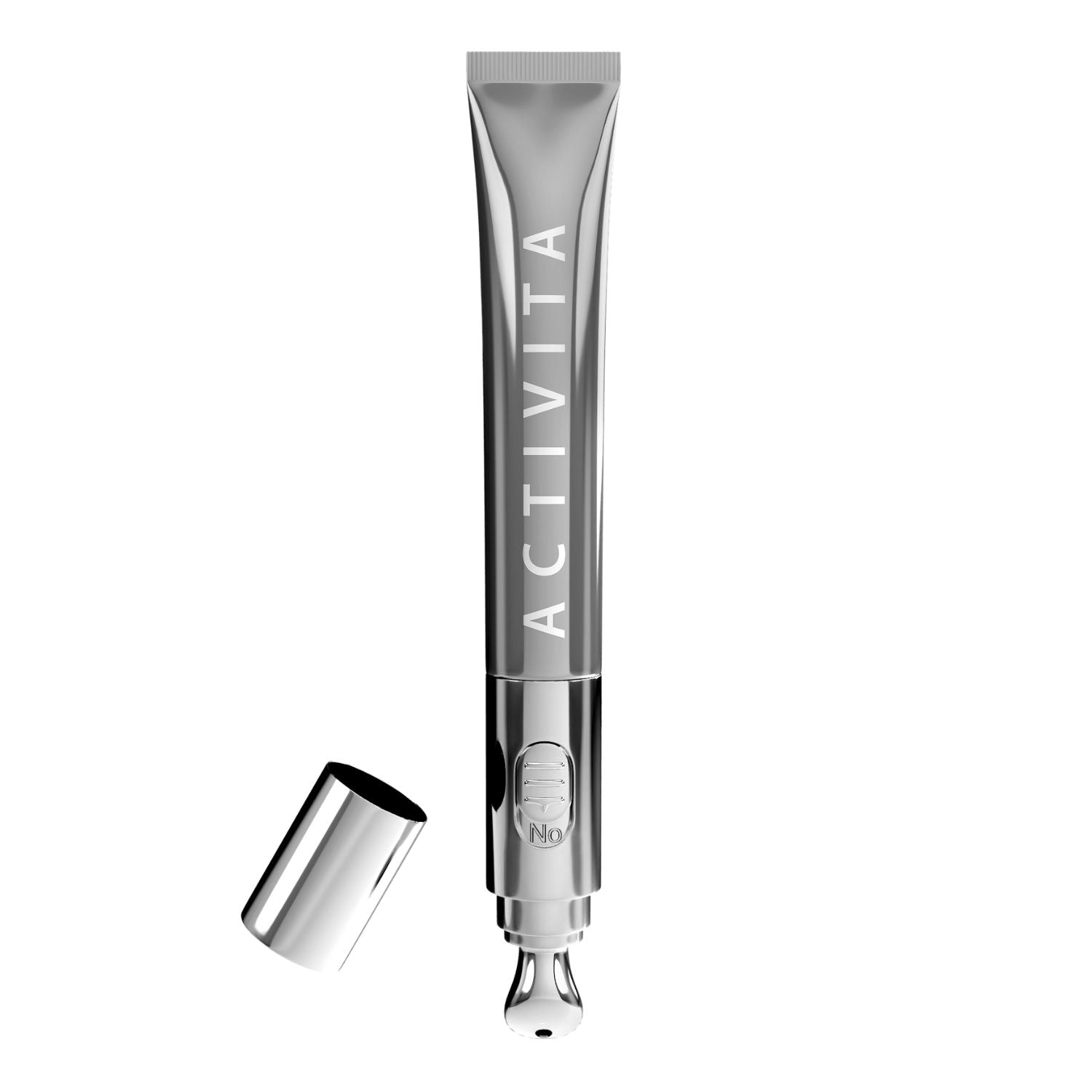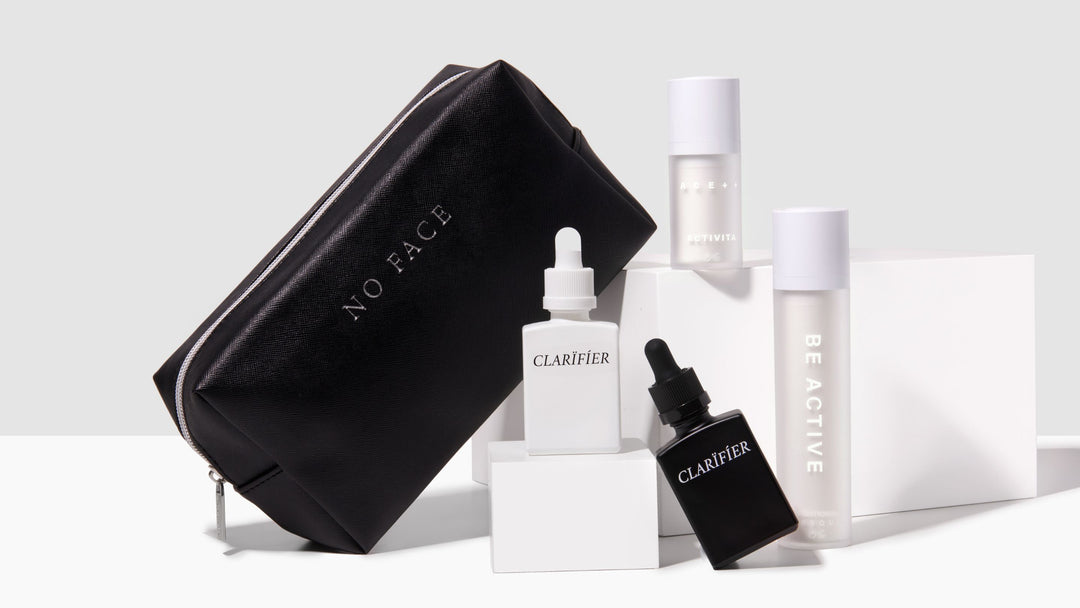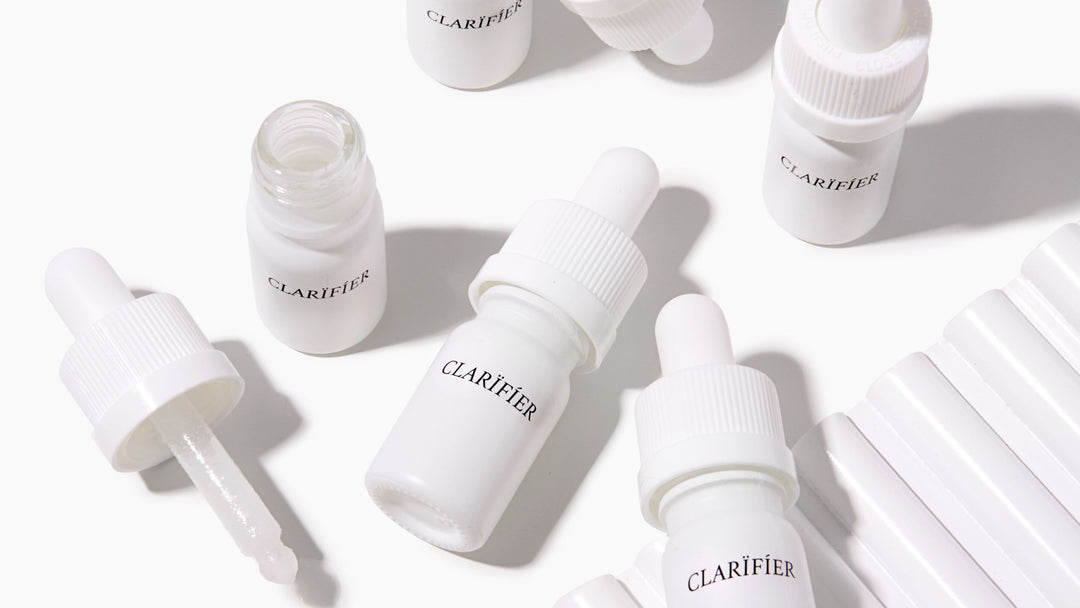Why Anti-Glycation is important in Skin Care

(This article has been reviewed and approved with evidence based research references)
Everyone talks about Anti-ageing ingredients and products in skincare, but anti-ageing is such a broad and profound term used in skincare that it covers everything from antioxidants to collagen peptides, and to other peptides and vitamin derivatives that have even just a little effects on reversing signs of ageing. You may hear about the term Glycation regularly, but just not in skincare, so here's what you should know about glycation and why the skin needs anti-glycation.
What is Glycation

Glycation is the covalent attachment of a sugar to a protein or lipid. Our collagen in the skin is a type of protein that is in charge of the skin's elasticity and firmness. When sugar gets attached to the skin's collagen, the collagen begins the glycation process and starts to break down and become less elastic. Not only that, there are wastes and by-products of the glycation process called Advanced Glycation End products (AGEs), that cause oxidative stress to the skin and body, which in turn, accelerate the ageing process. Glyoxal is also a toxic dicarbonyl compound capable of damaging cells via AGE formation. One of the AGEs formed in the presence of glyoxal is carboxymethyl lysine (CML), which has been used extensively as a biomarker for aging.
Signs of Glycation

Advanced Glycation End Products in skin cells are known to promote stiffness and loss of elasticity through their buildup in connective tissue, however they are also linked to other skin concerns such as
-
Loss of elasticity - Collagen breakdown.
-
Prone to pimples and blemishes - Micro inflammation from Glycation.
-
Pore issues - Oxidative stress due to AGEs.
-
Signs of fine lines and wrinkles - Loss of matrix support due to AGEs.
-
Hyperpigmentation - Skin response to AGEs.
While all the above skin conditions can be complex and are often as a result of a combination of environmental factors, however, researches have shown that Glycation also plays a significant role in the deterioration of these skin issues and cause skin ageing and premature ageing.
Premature or Mature Ageing?
Many of us have come to an age where we accept the natural ageing and believe that our skin is supposed to be wrinkled, dull, not elastic etc, and we gladly welcome ourselves into the mature age after turning 30 or even in our early 20s. After we turn 40 and 50, we further believe that the skin should naturally look saggy, with no hope for it to be young again. We talk about premature ageing quite often, while you may think it doesn't apply to you, researches have shown that most signs of ageing are as a result of premature ageing. Premature ageing shows signs of ageing that happened faster than what natural ageing should, and therefore could be adding a significant amount of years of aged appearance on the skin. Glycation plays an important role in causing premature ageing. Researches have shown that Premature ageing can be prevented and some even reversed over time through the right methods and ingredients.
What causes Glycation?
Typical sugars that participate in glycation are glucose, fructose, or their derivatives. Every time we put the delicious fruit or chocolates into our mouth, we are at risk of skin glycation. Glycation is inevitable and most food that we eat and their digested by-products could cause Glycation. But here are ways to help you reduce the amount of Glycation and reverse some of the already damaged signs due to Glycation.
Diet Restriction
Cut added sugar completely out of your diet! Sugars found in vegetables such as sweet potatoes are complex sugars with significantly lower Glycemic Index than other types of sugars. Eat natural whole foods that are rich in nutrients and complex sugars, so as to replace added sugars in your diet.
Stop using Fragrance and Colourants in Skincare
Fragrance and Colourants, both natural and synthetic are known to cause long term sensitivity and inflammation. Our skin is so good at hiding inflammation that you can't see or feel the micro changes that have been happening in different layers of the skin. Such as the UVA damages from the sun exposure that don't cause any short term visible difference, fragrance and colourants sensitise the skin in the long run and can worsen glycation of the skin.
Add Carnosine in Skincare
Extensive researches have shown that Carnosine is a promising skincare ingredient as a potent antioxidant with strong anti-glycation properties. Carnosine is a naturally occurring dipeptide with the ability to act as an antioxidant and/or antiglycation agent in cells. Numerous findings provide further evidence for carnosine's ability to suppress the formation of Advanced Glycation End Products, and shown that it even protected cells from lethal concentrations of glucose, and provided extended cellular life after a toxic amount of glucose exposure.
Which Carnosine rich products are available?
Phytotide-C2 is a Carnosine enriched eye peptide treatment that provides Carnosine and other phyto properties such as ketones to combat glycation around the eyes, long term usage would see results of firmer and lifted skin around the eyes, with less puffiness and dark circles.
Texture Light, Oil Free
Usage Apply around the eyes on its own or underneath eye cream
Phytotide-8900 and Phytotide-M1 are rich in Carnosine and peptides to provide necessary skin matrix support for controlling pigments as a result of photo damage and glycation, as well as increasing the skin's natural moisturising factors for its healthy appearance.
Texture Extremely Light, Oil Free
Usage Apply on the full face as the first step after cleansing.
Phytotide-L4 is an anti-blemish peptide compound formulated with Carnosine and Interleukin factors to reduce blemishes on the skin as well as signs of redness due to Advanced Glycation end products.
Texture Light, Oil Free
Usage Apply on full face after cleansing and pad until absorption.
Researches
Hipkiss, A. R. (2006). "Does chronic glycolysis accelerate aging? Could this explain how dietary restriction works?". Annals of the New York Academy of Sciences. 1067 (1): 361–8
Reddy, V. P.; Garrett, MR; Perry, G; Smith, MA (2005). "Carnosine: A Versatile Antioxidant and Antiglycating Agent". Science of Aging Knowledge Environment. 2005 (18): pe12
Shao, Lan; Li, Qing-Huan; Tan, Zheng (2004). "L-Carnosine reduces telomere damage and shortening rate in cultured normal fibroblasts". Biochemical and Biophysical Research Communications. 324 (2): 931–6
Alan R. Hipkiss (2009). "Chapter 3: Carnosine and Its Possible Roles in Nutrition and Health". Advances in Food and Nutrition Research.
Bucala, R., and A. Cerami. (1992). Advanced glycosylation, chemistry, biology, and implications for diabetes and aging. Adv. Pharmacol. 23:1-34







Visa
[url=http://www.g8az1l1wss9g2zs2v7zf6q5r5s140940s.org/]ueleklbpqjf[/url]
aeleklbpqjf
eleklbpqjf http://www.g8az1l1wss9g2zs2v7zf6q5r5s140940s.org/
Visa
jnhxtgvrhg http://www.g0s4867nomo7t7bs33oqp47q13217wpes.org/
[url=http://www.g0s4867nomo7t7bs33oqp47q13217wpes.org/]ujnhxtgvrhg[/url]
ajnhxtgvrhg
Visa
efxxxqdzt http://www.gze879s9h86wth99bs5986409xsonmo8s.org/
[url=http://www.gze879s9h86wth99bs5986409xsonmo8s.org/]uefxxxqdzt[/url]
aefxxxqdzt
Visa
agljpgwxngo
[url=http://www.g6v403jjmmicn7v6750q7y704ott58n8s.org/]ugljpgwxngo[/url]
gljpgwxngo http://www.g6v403jjmmicn7v6750q7y704ott58n8s.org/
Visa
[url=http://www.gtofp0hla0f1ge70j6743ll485xu4818s.org/]ujjrvqgfgxx[/url]
ajjrvqgfgxx
jjrvqgfgxx http://www.gtofp0hla0f1ge70j6743ll485xu4818s.org/
Leave a comment